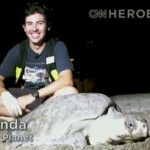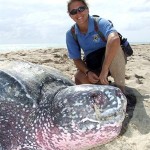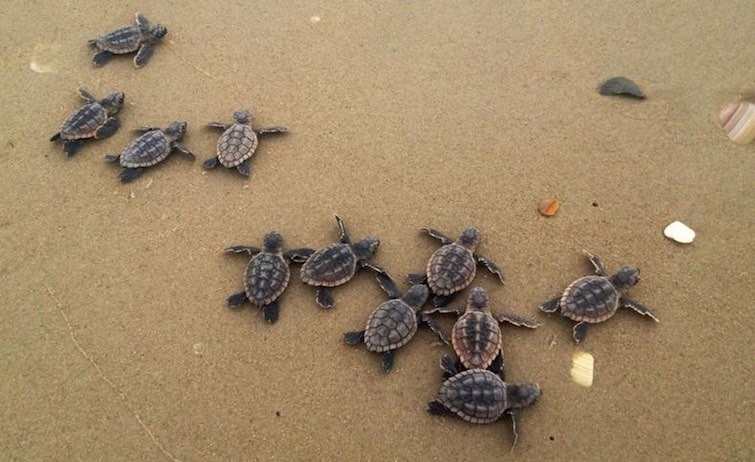What a difference a decade of conservation can make.
In 2004, the number of loggerhead sea turtle nests on Georgia’s barrier island beaches, a prime nesting ground, plunged to 358, the fewest on record.
Th 2015 summer count shows the threatened marine turtle is bouncing back, with Georgia wildlife officials announcing a total of nearly 2,300 nests–the most since 1989.
Staying Up All Night to Save Sea Turtles (WATCH)
“If you had asked me less than 10 years ago, I would’ve said there’s a possibility we’ll lose loggerhead nesting in Georgia,” said Mark Dodd, a senior wildlife biologist with the Georgia Department of Natural Resources sea turtle program.
Much of the success is due to the Georgia Sea Turtle Cooperative, a network of volunteers, researchers and agency employees who patrol beaches daily during the nesting season, protecting and recording data on the nests.
The long-term trend shows nesting increasing at about 3 percent a year, which Dodd calls, “an exceptionally good rate … for a long-lived species with a low maximum-population growth rate.”
Woman Crazy for Turtles Ends Slaughter of Giant Leatherbacks
Dodd credits the recovery to a wide range of conservation measures, from the Cooperative members using wire screen to shield nests from predators to commercial fishery regulations reducing sea turtle deaths along Georgia’s coast and far into the Atlantic Ocean.
The hatching success rate – hovering at about 68 percent – has been boosted by a lack of storm surges and the extreme high tides caused by such tropical weather events.
The future reliability of Georgia as a safe nesting zone for this iconic species has been assured by the incredible involvement of the state’s human citizens– with more than 30 percent of residents 16 and older taking part in wildlife-watching activities.
Follow nesting and hatching activities all along the Atlantic coast at Seaturtle.org




















